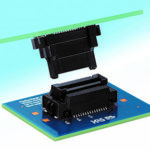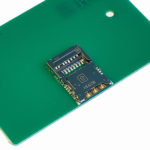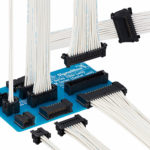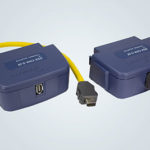Hirose has developed the industry’s lowest profile push/pull Nano SIM card connector. Featuring an ultra-low profile of 1.12 mm, the KP13C Nano SIM card connector offers a printed circuit board (PCB) mounting space savings of up to 23% compared to other products on the market. The miniature KP13C Nano SIM card connector enables smaller consumer electronic designs for digital cameras, digital video cameras, laptops, printers, smart phones, televisions and more.
 The connector is designed to prevent incorrect card insertion to ensure proper mating and protect contacts from damage. If inserted reversed or backwards, the card firmly stops without entering further inside the connector. Contacts are also protected from damage via a double contact design.
The connector is designed to prevent incorrect card insertion to ensure proper mating and protect contacts from damage. If inserted reversed or backwards, the card firmly stops without entering further inside the connector. Contacts are also protected from damage via a double contact design.
The user-friendly connector offers easy card push insertion / pull ejection for more than 5000 mating cycles. An exposed terminal design simplifies examination of the connector contacts via automated optical inspection.
“Hirose has expanded its ultra-low profile Nano SIM card connectors to enable consumer electronic OEMs to develop smaller and smaller end-devices,” said Bill Kysiak, Product Marketing Manager for Hirose Electric USA. “The KP13C Series meets the needs of consumer electronic devices by combining miniaturization with rugged and reliable performance.”
The push-pull KP13C Series is only 12.15 mm long, 10.45 mm wide and 1.12 mm high.
The KP13C Series has an operating temperature range of -30° to 85° C, a rated current of 0.5 A and a rated voltage of 10 V.
Hirose Electric Co. Ltd.
www.hirose.com






Leave a Reply
You must be logged in to post a comment.